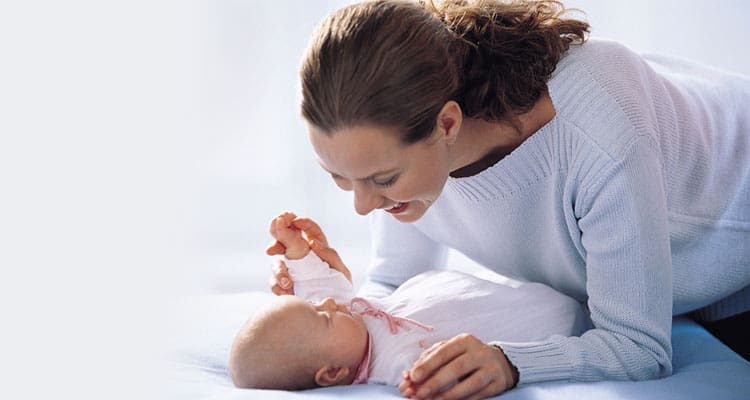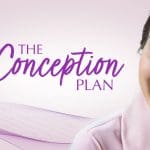Recent news of the declining fertility rates worldwide triggered alarm bells as to what is currently driving these trends within our societies and what this means for our future generations. Yet interestingly, the only growing group of women having children is the older age group above 35 and in particular, the over 40. Could the latter be part of the explanation for the declining human population? The most recent study, published in the Lancet, followed trends in every country from 1950 to 2017. In 1950, women were having an average of 4.7 children in their lifetime compared to 2.4 children per woman by last year. But there were significant variations between nations. The fertility rate in Nige is 7.1, but in Cyprus women are having just one child, on average. In the UK, the rate is 1.7, similar to most Western European countries. So why are we seeing this decline in particular in the developed nations?
Over the last several decades, biologically, nothing has changed for women, yet socially, women have earned rights to educations and careers that equal men’s which is providing them with means and opportunities to become financially independent and identify themselves in a separate realm to motherhood. Egg freezing is also becoming more widely available and more and more women are chosing to defer motherhood by freezing their eggs and using them later in life when they have a stable set of circumstances within which to raise a child. Because according to studies carried out to look for reasons behind this trend, financial issues and lack of life partner rated as the top reasons dictating the deferral of motherhood for the majority. In essence, a big part of why fertility rates are declining is that people are also chosing to have fewer children at an older age, again because of career aspirations, financial worries, wanting to commit more of their time to leisure pursuits or not wanting to commit to a relationship too soon in life and holding out for a better life partner.
But as we narrow the gap in gender inequality, another gap widens and that is the fertility gap between those socioeconomically better off compared with those who aren’t. We see this with the variation in fertility between countries, even if we just look at Europe alone. In addition, as women leave it later to become pregnant, almost inevitably they may find it harder to conceive and may need to resort to techniques such as IVF to help, and the treatment sadly doesn’t carry the same success rate as it does for younger women.
The growing rise in the number of older celebrity mums is creating somewhat of a false impression on women, as it’s rare that there will be complete transparency about what it took for the woman to conceive at that age, not to mention possible miscarriages endured along the way or the use of donor eggs. Being a woman in today’s world whilst being liberating, is also incredibly difficult, as the pressure to have it all has only increased, and women are finding themselves in the impossible situation of wanting to carve their identities out via their careers but at the same time fulfil what is an innate need in most to become mothers. Thankfully more and more celebrities, such as Michelle Obama and Jessie J, most recently, are removing the stigma regarding fertility and having open and brave conversations about the difficulties they have faced in their quest to conceive.
There are, of course, some heath risks that become more common with age. This includes things such as high blood pressure, diabetes, thyroid disorders, fibroids and also pre-eclampsia, all of which can complicate older pregnancies and lead to poorer outcomes. Having said that, looking after your health and investing in it can help enormously in terms of minimising these risks, so whilst it’s important to be aware of them, if a women is in good health, it is possible she may be entirely fine in her pregnancy, and I’ve certainly seen this. In addition, the risk of twin pregnancies becomes higher the older a woman is, both naturally and also via IVF, which can also make a pregnancy more complicated.
Whereas being an older age parent can bring it’s own challenges around child rearing, such as possibly diminished stamina and judgement from the outside world, it has a whole range of benefits too, such as better financial security and provision for the child, maturity of mind and approach to childcare, and as the latest research is suggesting, there may also be a health benefit to children in that studies have shown that those born to older mothers did better in cognitive ability tests than those born to younger mothers. These tests are thought to be predictors for educational achievements and health in later life.
If we’re to help empower women, we need to be able to have open and honest conversations regarding the difficulties they may face and offer better support and guidance for their decisions, allowing them the opportunity to have options. Improving access and affordability of fertility treatment is the number one priority here that recognises the growing trend towards older age motherhood that is not likely to reverse and will only become more pronounced. In addition to this, it’s also about improving childcare to alleviate the financial burden on prospective parents, and therefore allow them to have more children starting earlier in life and feel supported in returning to their jobs after pregnancy. Because an investment in women and children is an investment in our future generations and the stability of our economy. Without this, it’s not just fertility rates that will decline, but also our economies and family structures. As the latest Lancet study seems to be suggesting, we are living longer but having fewer children, which will have a huge demographic but also socioeconomic impact for future generations, where we have more grandparents than grandchildren. Having recognised this trend, we must take action now before it’s too late to reverse the consequences.





